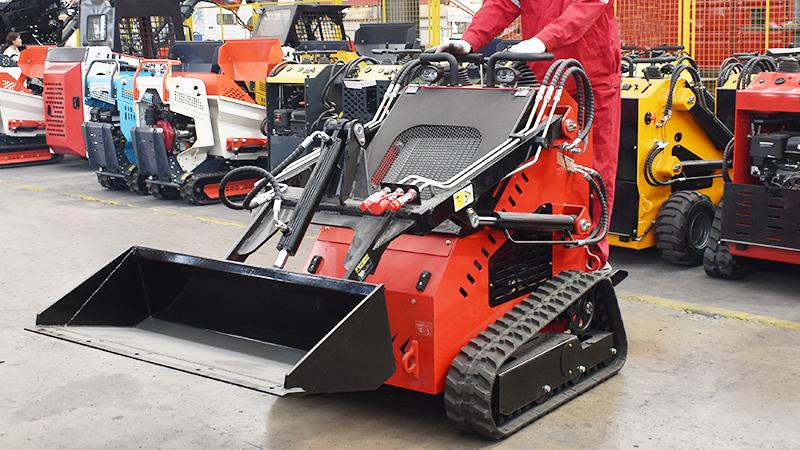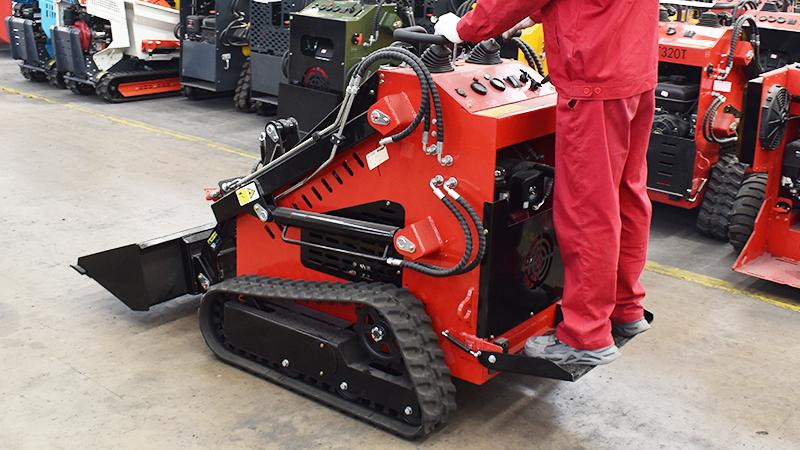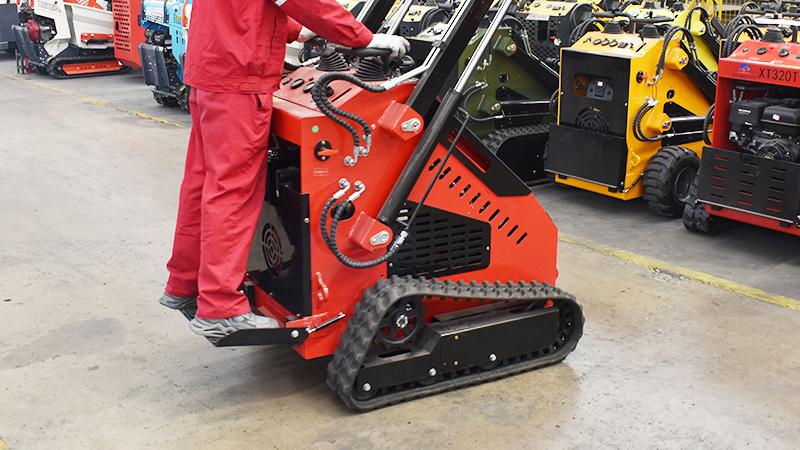In the realm of compact equipment, the choice between a traditional skid steer loader and a compact track loader (CTL) is one of the most common and critical decisions facing contractors and operators. While CTLs have gained significant popularity for their superior traction and ground pressure distribution, the skid steer loader, with its robust wheeled design, retains a formidable set of advantages that make it the undisputed champion for a wide range of applications. The fundamental difference lies in the undercarriage: the skid steer operates on four durable, typically pneumatic or solid rubber tires, while the CTL utilizes two rubber-tracked systems. This distinction is not merely a matter of preference but a defining factor that dictates performance, cost, and suitability for specific tasks and terrains. The skid steer loader is engineered for agility and efficiency on firmer ground, and in these conditions, its benefits shine through. From lower initial investment and faster travel speeds to reduced long-term maintenance complexities and exceptional performance on paved or compacted surfaces, the skid steer presents a compelling argument. It remains an indispensable tool in construction, agriculture, and landscaping, not as an outdated predecessor to the CTL, but as a highly specialized and often more economically viable solution for operators who primarily work on surfaces where its inherent strengths can be fully leveraged without the drawbacks of its tracked counterpart.
One of the most significant and immediately apparent advantages of a skid steer loader is its exceptional speed and agility on hard, stable surfaces. The direct contact of rubber tires with pavement, concrete, or well-compacted gravel allows for dramatically higher travel speeds, both in forward and reverse, compared to a CTL. This translates directly into enhanced productivity, especially on larger job sites or in applications where the machine must frequently traverse long distances between the work area and the loading or dumping point. The ability to quickly move across a site without causing damage to the underlying surface is a key benefit. Furthermore, the skid steer's maneuverability, achieved through its skid-steering mechanism, is arguably more responsive on these hard surfaces. The machine can execute sharp, zero-radius turns on the spot, allowing it to pivot within incredibly tight confines, such as inside warehouses, storage buildings, or congested urban job sites. While a CTL can also turn in place, the action on a hard surface is often more abrasive, generating significant friction and heat on the tracks and the ground, which leads to accelerated undercarriage wear. The skid steer, by contrast, performs these maneuvers with less concern for damaging its own tires or the surface it operates on, provided the tires are appropriate for the conditions. This combination of rapid transit and pinpoint turning accuracy makes the skid steer loader an unrivaled productivity workhorse for tasks like material distribution on a concrete slab, indoor demolition, or cleanup operations in industrial settings.
From a financial perspective, the skid steer loader holds a distinct edge in both initial acquisition cost and long-term operational expenses. The initial purchase price of a comparably sized and equipped skid steer is consistently lower than that of a CTL. The engineering and manufacturing of a robust rubber-track system with its rollers, idlers, and sprockets are inherently more complex and costly than a system of wheels, hubs, and axles. This lower entry cost makes the skid steer a more accessible piece of equipment for small businesses, rental fleets, or operators with budget constraints. Beyond the sticker price, the cost of ownership over the machine's lifespan is a critical consideration. Maintenance and repair of a skid steer's wheeled undercarriage are generally more straightforward and less expensive. Tire replacement, while a periodic cost, is a simple and predictable expense. Operators can choose from a variety of tire types—such as pneumatic for added traction and a smoother ride or solid foam-filled for extreme puncture resistance—to match their specific needs without a major system overhaul. In contrast, the undercarriage of a CTL is a high-wear item with many more components. Track tension must be regularly monitored and adjusted, and the tracks themselves, along with rollers and sprockets, are subject to wear and tear that can lead to costly repairs or full replacements. For operations that primarily operate on non-abrasive, hard surfaces, the wear on a skid steer's tires is minimal and predictable, whereas a CTL's tracks would still be undergoing constant, expensive degradation.
Finally, the versatility and specific performance characteristics of the skid steer loader cement its advantages in numerous common scenarios. The machine's lighter weight and concentrated ground pressure, while a drawback in soft terrain, become a benefit when working on surfaces sensitive to damage. When equipped with the right tires, a skid steer exerts less ground pressure per square inch than a CTL on a hard surface, reducing the risk of leaving marks or causing cracks on finished concrete or asphalt. This makes it the preferred choice for finish-grade work, landscaping on established lawns, or working inside commercial buildings where floor damage must be avoided. Additionally, the wheeled design provides a noticeably smoother ride on paved and compacted surfaces, reducing operator fatigue during long shifts. The range of specialized tires available also allows for fine-tuning the machine for specific tasks, such as using non-marking tires for indoor use or aggressive tread patterns for loose gravel. While the CTL excels in the mud, sand, and uneven ground where a skid steer would struggle, a vast amount of construction and industrial work takes place on stable ground. For these applications—from loading trucks on a paved yard to maneuvering in a manufacturing plant—the skid steer loader's blend of speed, low operational cost, minimal surface impact, and straightforward maintenance makes it not just a competitive option, but often the superior and more rational economic choice for maximizing efficiency and profitability.
Post time:Oct.07.2025



